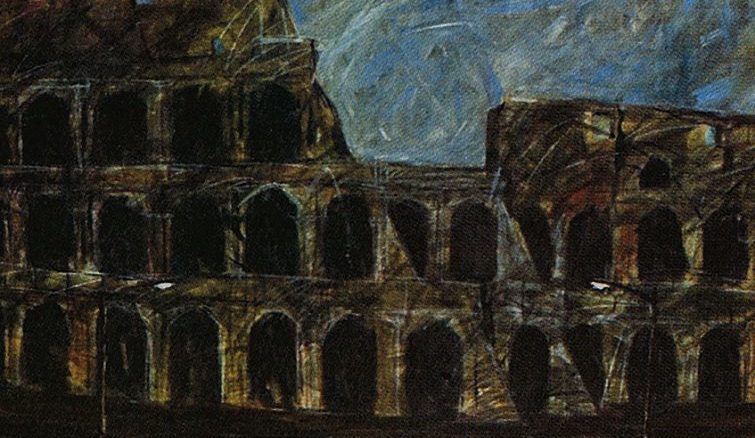
Cuba in the International Biennials of Art in Sao Paulo.
Original article HERE
(Article Excerpt, Full article in print only)
The decade of the 1940s results enormously significant for the development of arts in Brazil. In the field of visual arts, this aspiration was made tangible in 1951 with the creation of the Sao Paulo Biennial. Inspired in the model of the Venice Biennial and by initiative of Francisco Matarazzo Sobrinho, director at that time of the Sao Paulo Museum of Modern Art, since its beginnings had as an essential purpose “to place Brazilian modern art in a living contact with the art in the rest of the world”[1]. At the same time, it was pretended to make the city an artistic center of world reference. The first edition was inaugurated on October 20 of 1951, extending to December, and had its seat in the Museum. The exhibition was conceived by countries and established national and foreign awards in different categories. Also acquisition and other collateral prizes were granted.
A significant group of Cuban artists exhibited their works during the first seven editions, that is, until 1963. Then a period of twenty-two years of absence would come, because it was not until 1985 that Cuba returned to the Brazilian biennial.[2]
(…) The greatest prominence was acquired by painting, leaving sculpture, engraving and drawing in a second place. If something should be highlighted in that first period is that Cuba did not pass unnoticed in the midst of the great quantity of participating countries; the prizes obtained and the mentions of honor several Cubans reached corroborate it. Another distinctive characteristic that marks this first period is the fact that most of the artists of the island who exhibited had the chance to do it in more than one occasion and with a large number of works, even some like René Portocarrero, Amelia Peláez, Luis Martínez Pedro, Raúl Milián and Servando Cabrera could take part four of five times. Although during the three first editions it calls the attention that these names may be repeated while other authors are less considered; the reality is that from the fourth edition Cuban representation widens and diversifies.
According to what Llilian Llanes, who was the Director of the Wifredo Lam Contemporary Art Center and President of the Havana Biennial until 1997, explains[3], the merit that the art of the island would again have visibility in this event corresponds in a great measure to Robert Muylaert who, together with a team of the Brazilian Biennial, made a visit to the Cuban capital during the Second Biennial and declared his interest for the Cuban artists to exhibit again in Sao Paulo. So it was that Cuba returned to the XVIII edition, in 1985, after twenty-two years of absence.
Although the event had suffered several alterations as, for example, the elimination of prizes, the succession of several directors, apart from the vicissitudes marking the moments of peak and decadence of the entire artistic project, it maintained itself consistent with the principle of establishing a dialogue between national production and what was more representative in international art.
In the artistic sphere, Cuba had also experimented certain changes. The Havana Biennial, created in 1984, was an important space for the promotion of art in the Third World which contributed new experiences to the Cuban artists. In this case, it is necessary to signify the importance the Brazilian contest had when becoming the main referent for the impulse of this event. At the same time, visual arts were exploring a different language, which left behind the pictorial and epic commitments deeply rooted in the art of the 1970s and contributed new artistic codes with the intention of approaching art to life and to the individual.
Differently from the first editions, Cuba took part, from that moment, with a small representation. (…)
[1] Catalogue of the first Sao Paulo Biennial, p.15.
[2] The data on the participation of the Cuban artists were fundamentally extracted from the catalogues of the biennials that, as we well know, at times may contain some mistake; in that same way, they result the most reliable source the memories the event possesses.
[3] In conversation with the author for this article.
The post Latest News: Gustavo Acosta appeared first on .

Be the first to comment